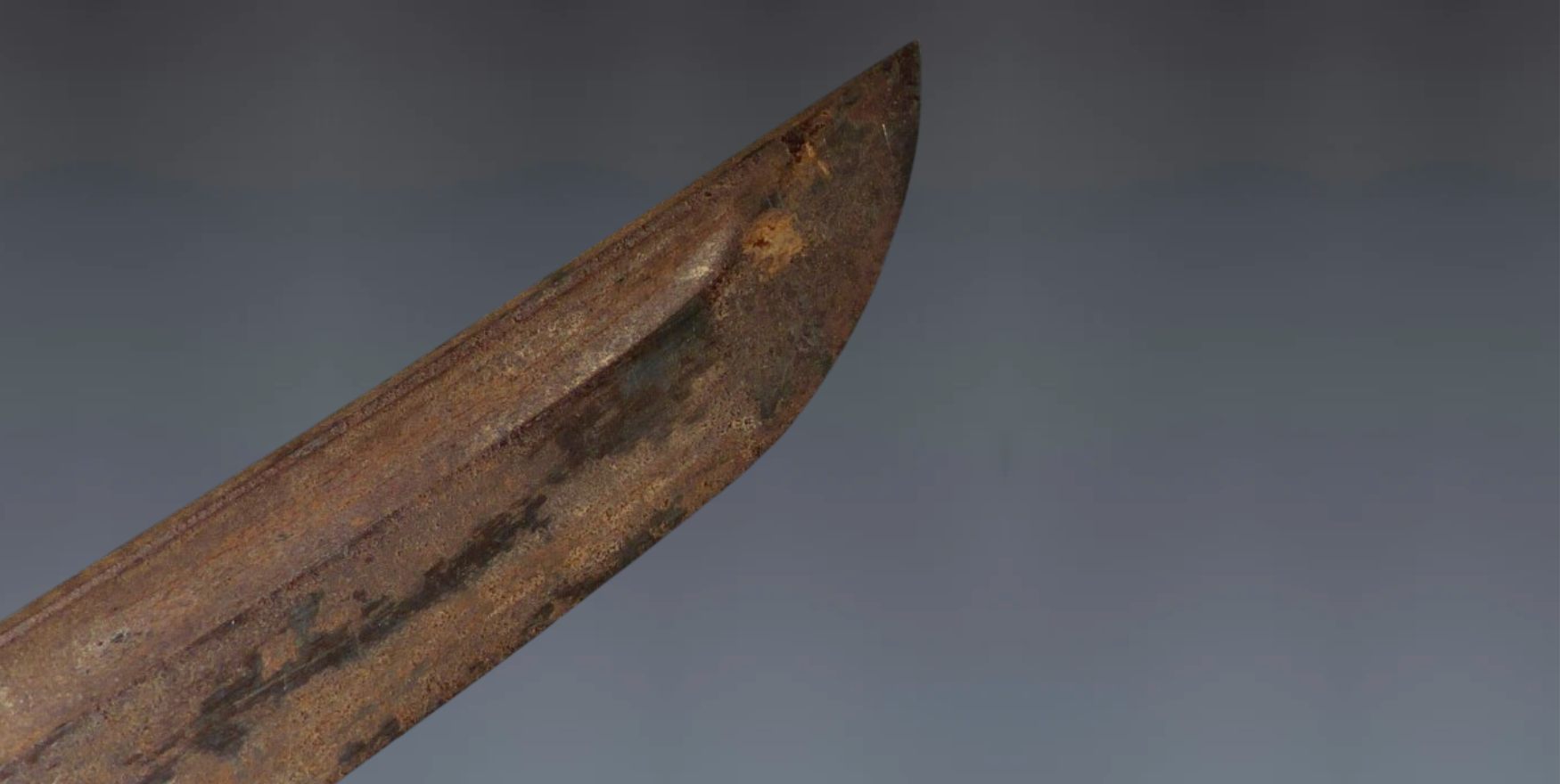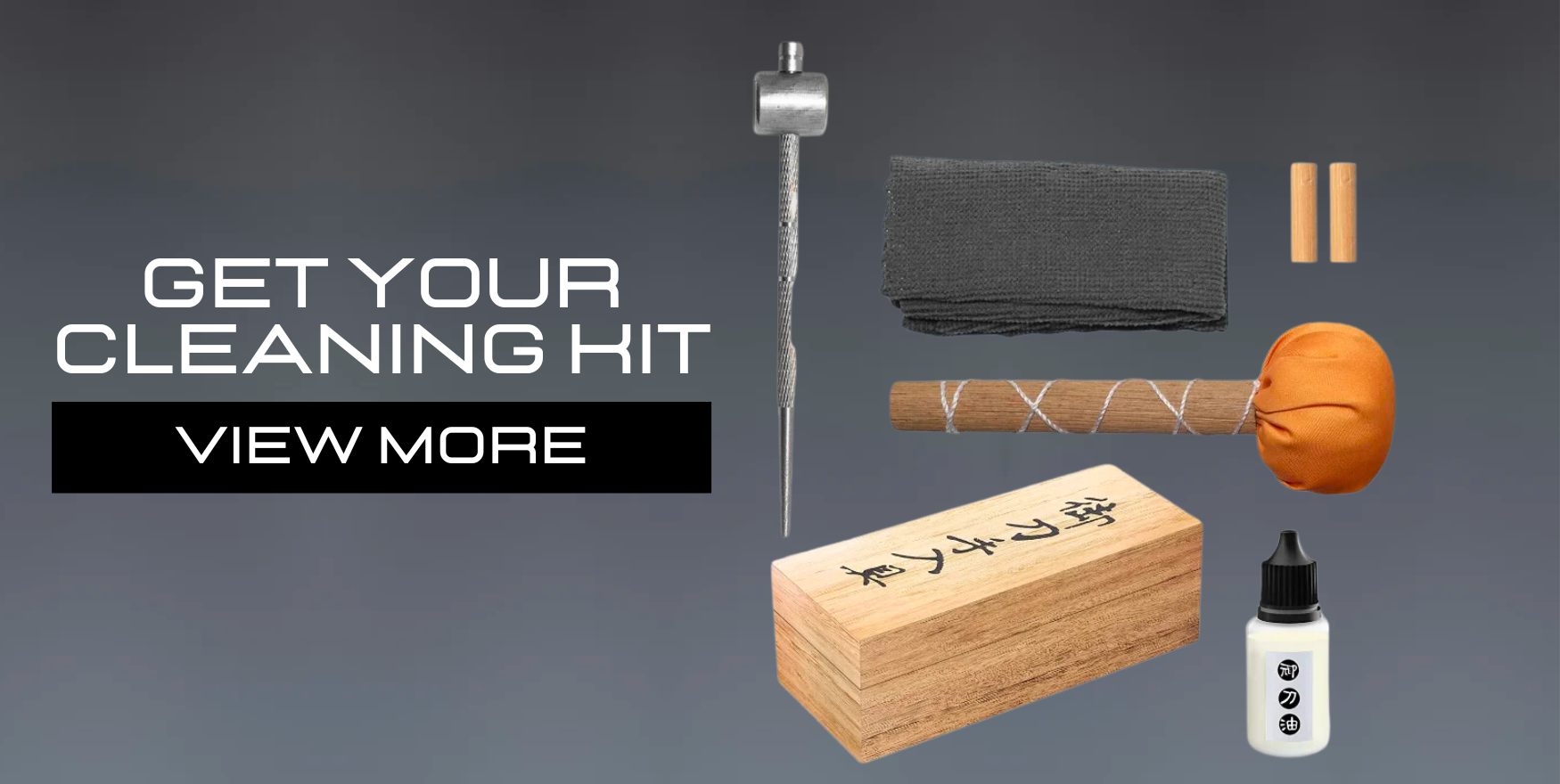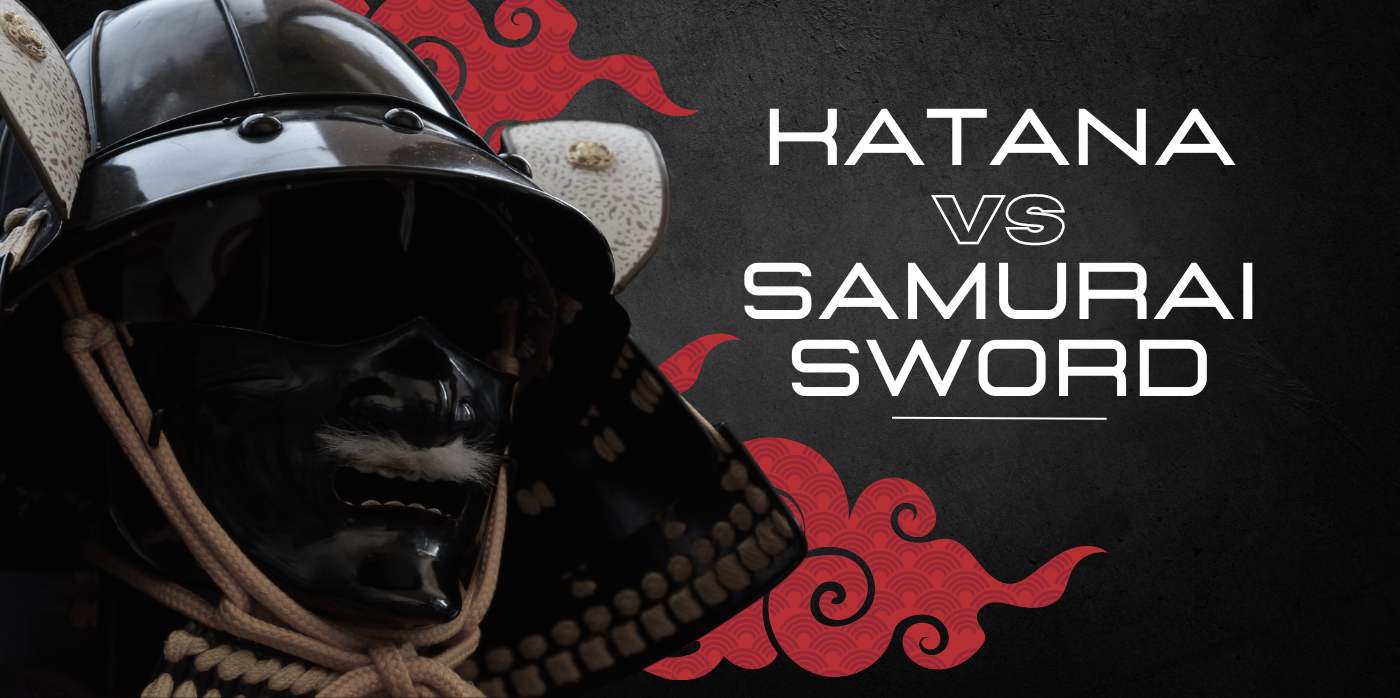I remember the first time I spotted a small rust spot on my beloved katana. Panic set in. Had I ruined it? Thankfully, no. A bit of gentle cleaning and a recommitment to regular maintenance had it looking as good as new. It was a valuable lesson in the importance of consistent care. Today, I'll give crucial tips for every sword owner but can often feel a bit daunting: keeping your katana rust-free. Whether you're a seasoned collector or a new owner, understanding how to prevent rust on your prized possession is key to maintaining its beauty and functionality. So, let's tackle those common questions and concerns with some straightforward advice, peppered with relatable examples and a dash of personal experience. Ready to keep that katana shining? Let's get started!
Do Katanas Rust?
Yes, katanas can and do rust. Despite their formidable appearance and the high-quality steel they're made from, katanas are not immune to the natural process of oxidation that leads to rust. Understanding this vulnerability is the first step in ensuring your katana remains in pristine condition for years to come.
Why Does My Katana Get Rusty?
Understanding why your katana gets rusty is the first step in protecting it. Think of your katana not just as a weapon, but as a piece of art crafted from steel. Steel, as durable as it is, has one natural enemy: corrosion, commonly known as rust.
Rust is the result of a chemical reaction between iron, which is found in steel, oxygen, and moisture. This reaction is known as oxidation. While your katana slices through the air with grace and power, it's also constantly at war with the invisible forces of nature. Here's a closer look at why rust forms on your katana:- Moisture: This is the primary culprit. Moisture can come from anywhere - the humidity in the air, your hands during practice, or even a tiny splash of water that wasn't wiped off. When moisture sits on the blade, it starts the oxidation process.
- Oxygen: Oxygen in the air reacts with iron in the steel, creating iron oxide, or rust. This is why even air with a higher humidity level can accelerate rust formation, as it carries more moisture and oxygen together.
- Salts and Acids: Ever wonder why fingerprints are bad for your katana? Our skin naturally produces oils and acids, and sometimes even salt from sweat. These substances can etch into the blade's surface and accelerate rusting, even if you can't see the immediate effects.
But, it's Not All Doom and Gloom
Recognizing these factors might make it seem like rust is an inevitable fate for your katana, but this understanding actually empowers you to take proactive steps in rust prevention. Knowing that moisture, oxygen, and contaminants like salts and acids are the enemies, you can tailor your maintenance routine to combat them effectively.
Every katana owner goes through this learning curve. Whether you're a seasoned practitioner or a new enthusiast, understanding and combating rust is a rite of passage in the journey of sword ownership. It's a testament to your dedication to preserving not just the physical blade, but the spirit and tradition it embodies.So, while it might seem like a battle, keeping your katana rust-free is entirely within your reach. With this deeper understanding of why rust occurs, you're better equipped to protect your katana and ensure it continues to shine as a symbol of strength and beauty in your collection.

How to Remove Rust?
Discovering rust on your katana can feel disheartening, but don't despair—many rust issues can be addressed with careful attention and the right approach. Removing rust is about restoring your katana's glory without compromising its integrity. Here’s a step-by-step guide on how to tackle rust, ensuring your blade remains a proud centerpiece of your collection.
Step 1: Assess the Situation
Understand the Extent: Before taking any action, closely examine the rust. Is it surface rust or has it penetrated deeper into the blade? Surface rust is easier to handle and often doesn't require professional intervention.Step 2: Gather Your Tools
For minor rust removal, you'll need:
- Cloth: A clean, soft, lint-free cloth for application and buffing.
- Oil: Katana-specific oil, or in its absence, mineral oil, for lubrication and protection.
- Polishing Stones: A set of polishing stones, starting with a medium grit and moving to a fine grit for finishing. Ensure these are designed for katana or similar blades.
Step 3: Begin with Oil
Lubricate the Area: Lightly oil the rusted area. This step helps in both loosening the rust and protecting the steel during the removal process.Step 4: Gentle Scrubbing
Use the Cloth: Gently rub the rusted area with your cloth. This might be enough for very light rust.
Progress to Polishing Stones: If rust persists, lightly use a medium-grit polishing stone. Always move in the direction of the blade’s grain to avoid scratches. Gradually shift to a finer grit stone for finishing.
Step 5: Clean and Oil Again
Remove Residue: After the rust is removed, clean the area thoroughly with a clean cloth to remove any residue.
Apply Oil: Re-oil the cleaned area to protect it from future rust.
- Patience is Key: Removing rust is a delicate process that requires patience. Rushing or using too much force can damage the blade.
- Know When to Seek Professional Help: If the rust is deep or the blade is significantly affected, consulting a professional is the best course of action. They possess the expertise to restore the katana without harming it further.
Step 6: Prevention is Better Than Cure
Revisit Your Maintenance Routine: After dealing with rust, take a moment to review your maintenance routine. Ensuring your katana is properly cared for can prevent rust from becoming a recurring issue.
Encountering rust on your katana might feel like a setback, but it's also an opportunity to deepen your connection with your blade. Remember, every katana owner learns through experience, and overcoming challenges like rust removal is a testament to your commitment to this ancient art.
The Key to Katana Rust Prevention
Preventing rust on your katana isn't just about preserving its aesthetic appeal; it's about maintaining its integrity and functionality. Regular maintenance is not as daunting as it might seem, and integrating these practices into your routine ensures your katana remains in prime condition. Let's break down the essential steps and unveil the secrets to effective rust prevention:
1. Wipe Down Your Blade After Every Use
Why It Matters: Every time you handle or use your katana, moisture and oils from your hands can transfer to the blade. Even if the blade seems clean, these invisible traces can start the rusting process.
How to Do It: Use a soft, clean cloth to gently wipe down the blade. Ensure you cover the entire surface, from the tip to the hilt. This step removes any potential corrosive materials immediately.
2. Oiling: Creating a Protective Barrier
Why It Matters: Oiling the blade forms a protective layer that shields the steel from moisture and air, two key players in the rusting process. Think of it as your katana wearing an invisible raincoat.
How to Do It: Apply a small amount of oil designed for swords or firearms with a clean, lint-free cloth. Spread it evenly over the blade, ensuring a thin layer covers every part of the steel. Special attention should be given to areas that come into frequent contact with hands.
3. Proper Storage for Rust Prevention
Why It Matters: Even when not in use, your katana can fall victim to rust if stored improperly. Humidity is the silent enemy lurking in your storage space.
How to Do It:
Control the Environment: Store your katana in a cool, dry place. Use dehumidifiers or silica gel packets in the storage area to keep moisture levels down.Use a Sword Bag or Case: When not on display, a breathable sword bag or case with moisture-absorbing qualities can protect the blade from dust and humidity.
4. Regular Check-Ups
Why It Matters: Regularly inspecting your katana for signs of rust or wear allows you to catch any issues early, making them much easier to address.
How to Do It: Set a routine (monthly, for example) to thoroughly examine your blade. Look for any discolorations, spots, or irregularities. Early detection means you can clean off any starting rust before it becomes a bigger problem.
5. Polishing Your Katana
Why It Matters: Beyond just making your katana shine, a proper polish by a professional can remove any surface irregularities, making it harder for rust to take hold.
How to Do It: This is one step best left to professionals, as improper polishing can do more harm than good. Consider having your katana professionally polished every few years, depending on its use and condition.
To conclude...
Embarking on the journey of katana ownership is not just about acquiring a piece of history or an object of beauty; it's about embracing the responsibility that comes with it. From understanding why rust occurs to integrating regular maintenance into your routine and knowing how to address rust when it appears, every step is part of a larger practice of respect, care, and dedication to your blade.
Rust prevention and maintenance are the pillars of ensuring your katana remains a testament to the samurai spirit. These practices are not just chores but rituals that connect us to the past and the craftsmanship that forged these magnificent weapons. And in the instances where rust makes an unwelcome appearance, having the knowledge and confidence to restore your blade's glory is empowering.






